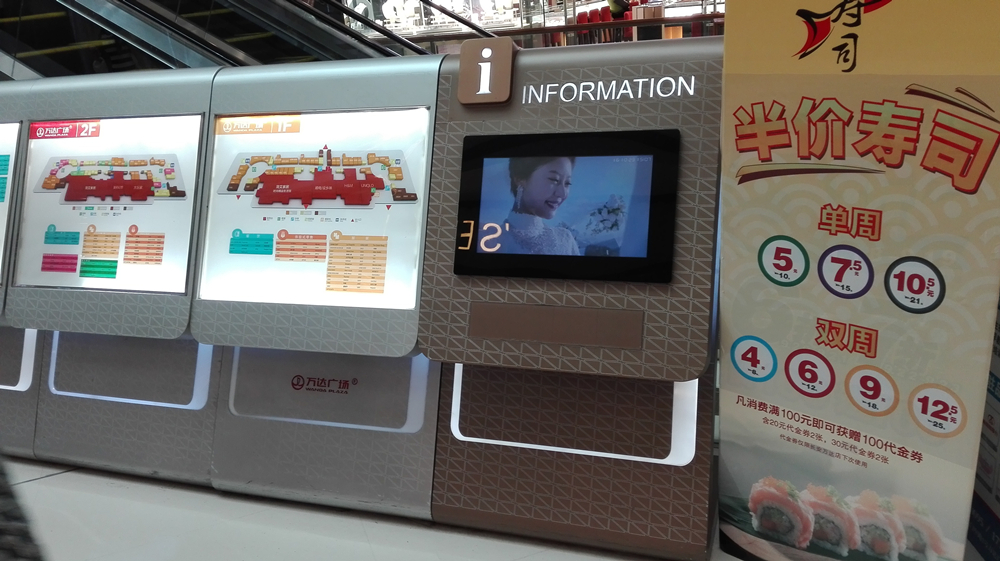
In China, the most influential is currently the most widely accepted concept of Internet of things is defined as: “Internet of Things is through the radio frequency identification (RFID), infrared sensors, global positioning system, laser scanners and other information sensing equipment, Protocol to connect any item with the Internet, to exchange information and communicate in order to achieve intelligent identification, location, tracking, monitoring and management of a network.

The Ministry of Industry and the latest definition of Internet of Things: Internet of Things is the Internet and communication network extension and application of the network extension, with integrated sensing and identification, transmission and computing computing and other functions, a new generation of information technology is highly integrated and integrated use. Internet of things through information sharing and business collaboration, the interpersonal information exchange between people and things, objects and objects extended extension, its application to optimize the allocation of resources, strengthen scientific management, mitigation of resources and energy constraints provides the possibility, Widening the road.
These two definitions are very representative, but also relatively authoritative, but also have some problems. Therefore, together, the Internet of Things is a network, but also an application: Internet of things through the radio frequency identification (RFID), infrared sensors, global positioning systems, laser scanners and other information sensing equipment, based on social and economic realities Management and application requirements, according to the agreement, the need to networked items connected with the network, the exchange of information and communication in order to achieve intelligent identification, location, tracking, monitoring and management of a network.
The nature of things
At present, the nature of the Internet of Things, mainly in the following views:
First, the Internet of Things is essentially sensor network. This view has long been proved to be narrow.
Second, the Internet of things is essentially an extension of the Internet. This view has a great market, I guess this is the Internet industry forces a huge related.
Third, the nature of Internet of things is M2M, this view is roughly represented by the three major domestic telecom operators. Of course, more people think, M2M is only a small part of the Internet of Things.
Fourth, the nature of things is the depth of social and economic information.
Fifth, the nature of the Internet of Things is a special network business and application, this view to Wu Hequan academicians represented. On the current actual situation, the whole thing is still in the private network dedicated to the state, but in the long run, this state of mutual estrangement will be replaced by a comprehensive interoperability, information island is the development of primary Internet of things which performed.
The first three views are artificial to the nature of things narrowed, and these three viewers are basically stand in their own industry position to look at the nature of things, it is impossible to come to the right, Comprehensive understanding. The fourth view seems to be a little generalization of the nature of things, because if the essence of things is the depth of social and economic information, then, the Internet is it not? The fifth view is only to see the development of the domestic Internet of Things the actual situation, while neglecting the long-term prospects for the development of things.
Visible Internet of Things has two points: the first point is the ubiquitous network, the second point is the object in accordance with the actual needs of intelligent. Two points together, the essence of things can be drawn: ubiquitous intelligent application network. Internet is the most extensive network, it will be the Internet, communication networks, radio and television networks, sensor networks and other heterogeneous network integration into a super network, the network including the Internet, communications networks , Radio and television networks, sensor networks, but it is not just a simple summary of these networks, it will become a new network with many new features. Intelligent, refers to the things in the Internet of Things have a certain intelligence, such as intelligent perception, intelligent monitoring, intelligent analysis. Application network, is to emphasize the characteristics of the application of things, the concept of Internet of things proposed and the development of Internet of things technology, fundamentally speaking from the practical application requirements, and the further development of large-scale Internet of things and popularization, must also help large Size of the application to promote.
Of course, it must be pointed out that the concept of things and the nature of things are not static, they will inevitably with the development of the times and continue to evolve.
Internet of things and digital signs: objects connected to the Internet everywhere
Intel’s wireless standards and technical director Wu Geng, our digital signage products in Europe and North America, the growth rate is the fastest instance of the application of things. Moreover, we are now in the domestic application has gradually begun. Internet of things can touch all things. Starting from a small scale, first consider the digital signage. Nowadays, the content of the digital signage is designed and arranged by hand, among which the very limited dynamic image is operated by manual control.